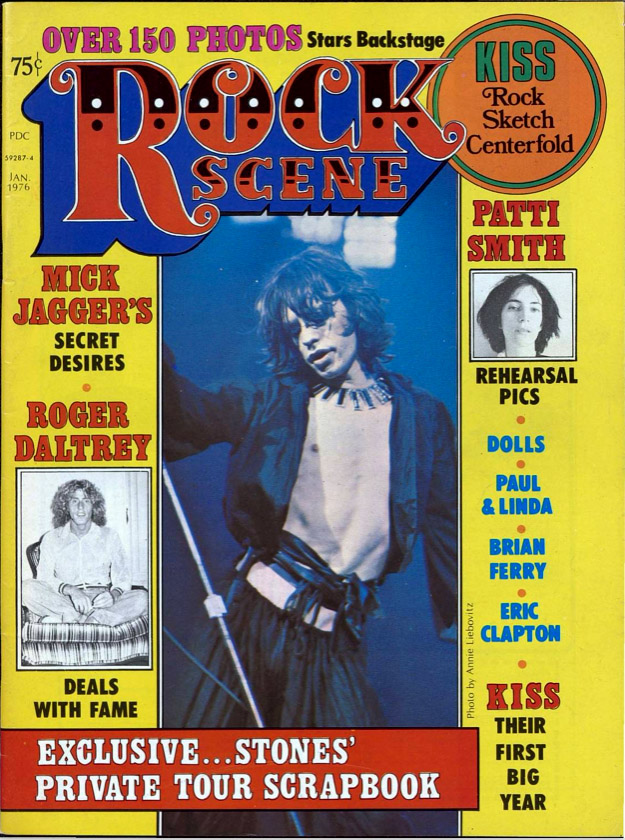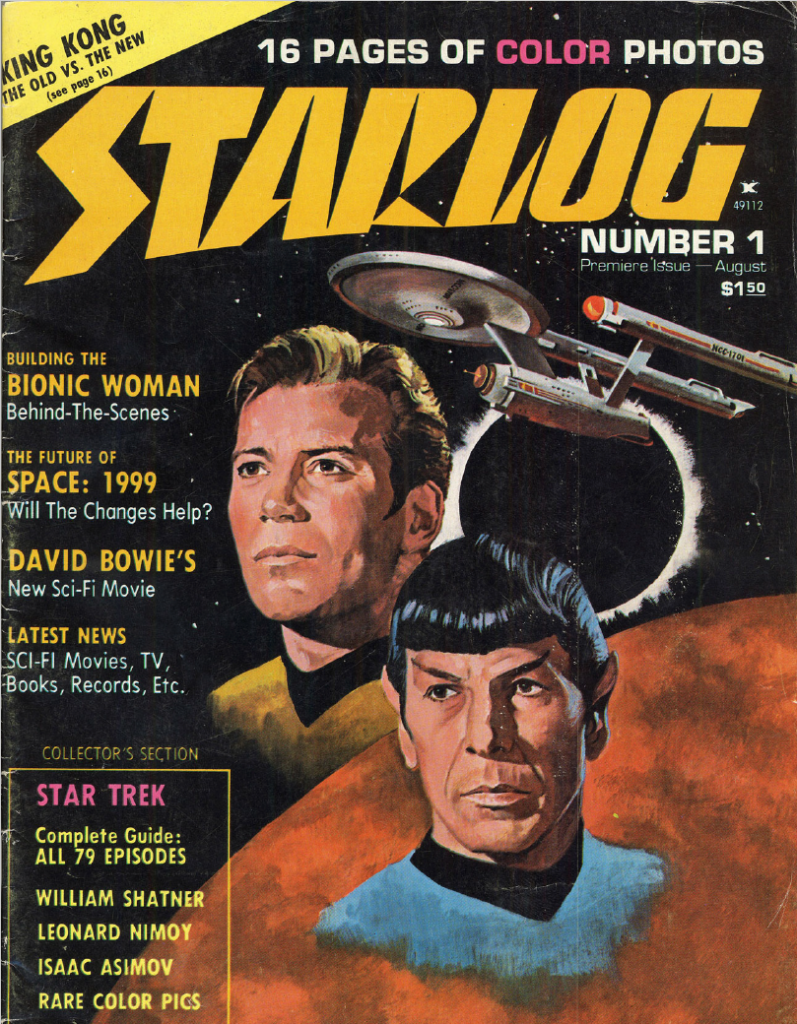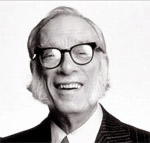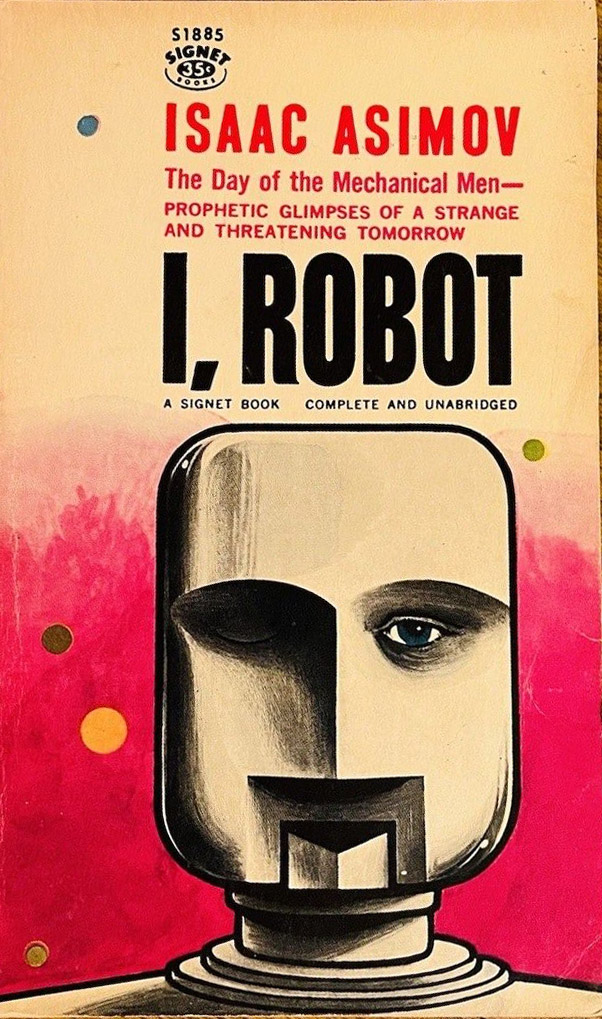
In 1976 I was still teaching third grade in the New York public school system, but I was also writing freelance for magazines about pop culture subjects, like science fiction and comics. I had a column called “The “Super” Market in Rock Scene Magazine, a local NY monthly that made fans and readers everywhere feel intimately familiar with the latest rockers, fashionistas, photographers, comic book heroes and other party animals.

I reviewed comics and related stuff in the column, and a one-shot sci-fi magazine called Starlog had caught my eye and I wound up giving it some positive space. A few months later, the editor in chief of Rock Scene called to say that a friend of hers had been offered an editorial job on a new fan magazine, but it was sci-fi, which was not his thing. Did she know anyone who might be interested?
Long story short, I got the job. It was summertime, I had seven or eight weeks before the beginning of the new school year. On a trial basis, I got $25 a day and worked out of a broom closet. Okay, I know, it’s a cliché. But I was the one who had to move the brooms, pails and mops out of there to make room for a desk, lamp and MANUAL typewriter.

My first major assignment was to edit an essay by Isaac Asimov on the possibility of faster-than-light travel. In other words: could the “warp drive” of the starship Enterprise ever become a reality?
Isaac Asimov was not only the most prolific science and science fiction writer ever, and one of America’s most popular writers, he had written science fiction BIBLES. He was responsible for “The Three Laws of Robotics,” in I, Robot, from which all modern stories of robots in any shape or form come. He had written The Foundation Trilogy, voted by fans and professionals as the Best Science Fiction Series of All Time!

I had read his books growing up—both his science fiction work and his science fact books. He was a wiz at explaining science to kids and lay readers. More than that, he was a living GOD to my father, who had first introduced me to science fiction around the same time I discovered comics—about the age of five. He had Asimov’s fiction in the house. I read those books as soon as I could reach them.
And now, here’s my first job at a science fiction magazine, and my first assignment is to EDIT Asimov.
There is more to this story. . . .